
Meteor Activity Outlook for August 19-25, 2023
This brilliant fireball, passing below the bowl of the Little Dipper, was captured by an AllSky Camera System at 20:37…

This brilliant fireball, passing below the bowl of the Little Dipper, was captured by an AllSky Camera System at 20:37…

This brilliant fireball was captured by an AllSky Camera System at 3:10am EST (8:11 UT) on November 27, 2022 from…

Ryan Conner captured this brilliant Southern Taurid fireball using his AllSky Camera System on October 28, 2022, at 01:14 EDT…

Mónika Landy-Gyebnár captured this multi-bursting South Taurid fireball on October 26, 2022, at 03:43 CEST (1:43 UT) from Hárskút, Hungary.…
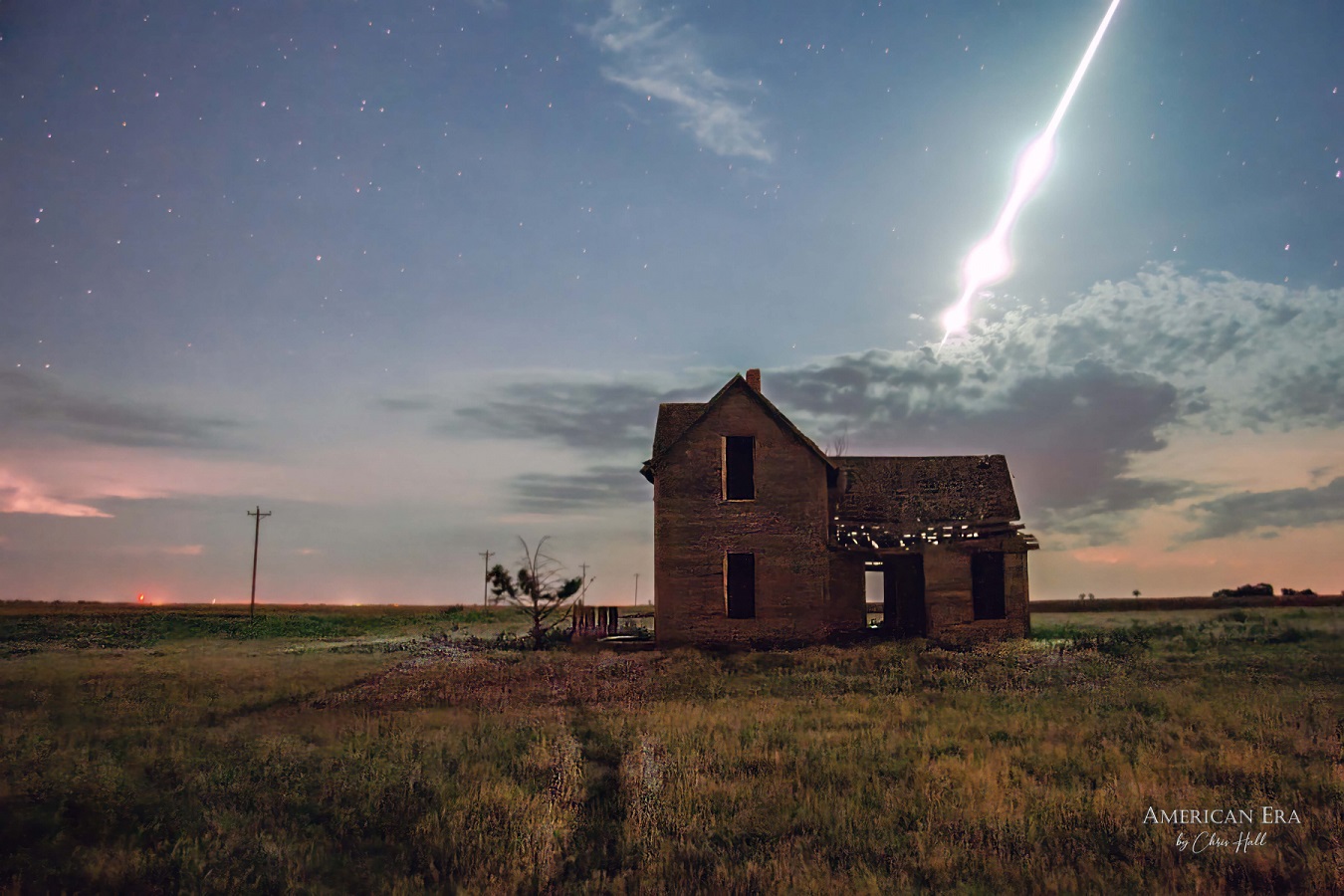
Chris Hall captured this multi-bursting fireball while photographing this homestead on June 19, 2020, at 00:48 CDT (5:43 UT) from…

Every year between mid-April and the end of May, the Earth encounters the outbound debris from Halley's Comet. Outbound describes the motion of each particle as it moves away from the sun and passes near the Earth on its way back to the outer realms of the solar system...
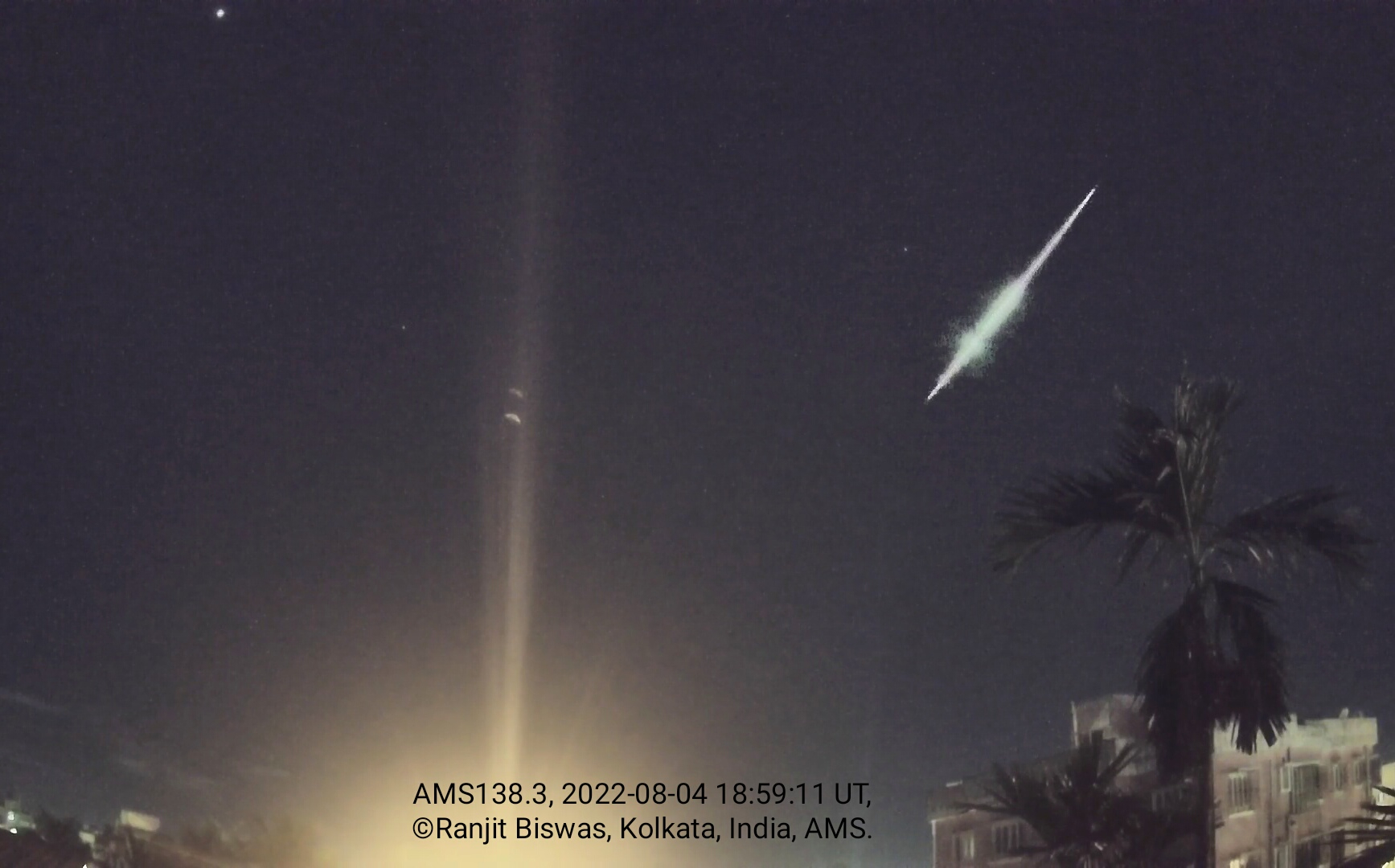
Ranjit Biswas captured this double bursting fireball on August 4, 2022 at 18:59:11 UT (00:30 IST on August 5) from…

Marie Helene Cousin captured this Perseid fireball at 0:33 CEST on August 13, 2022 (22:33 UT on August 12), from…
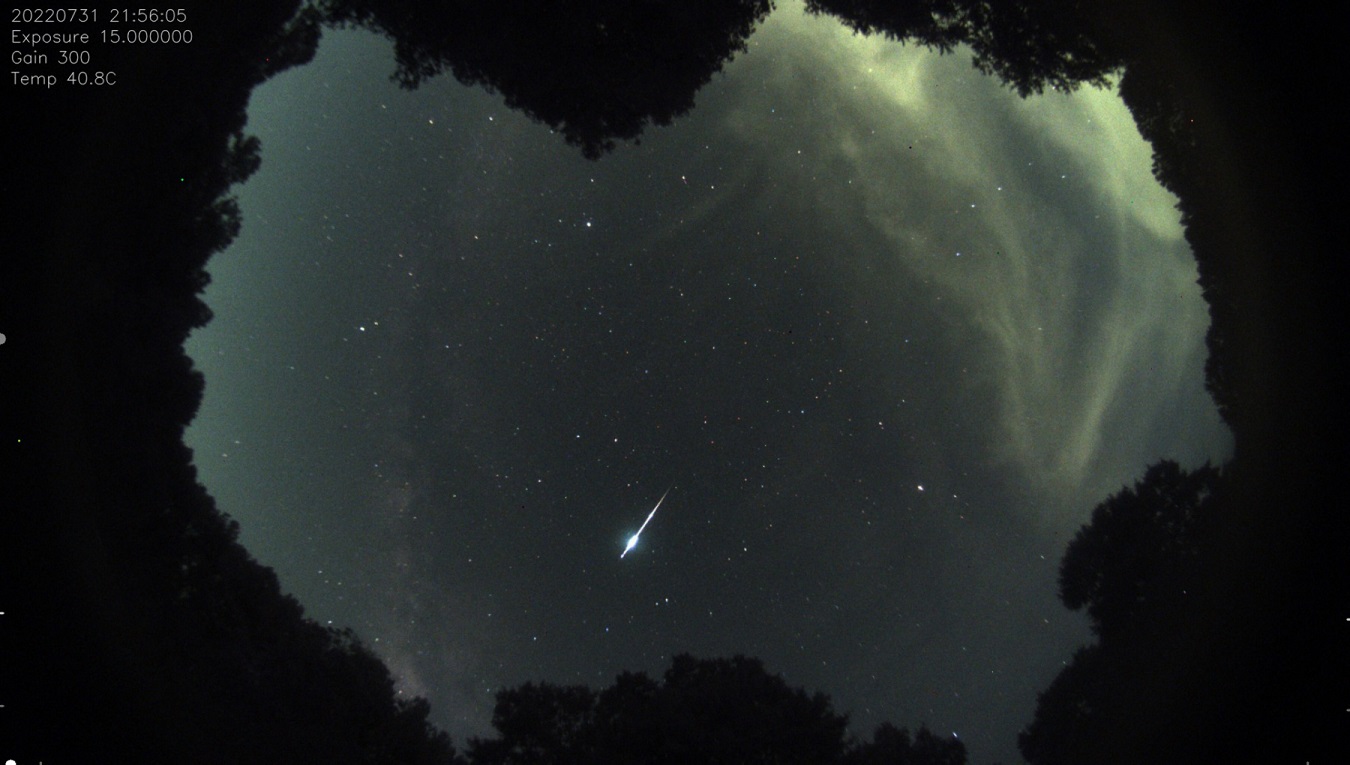
Aaron Morris captured this bursting sporadic fireball at 01:56 UT on August 1, 2022 (21:56 EDT July 31), from Griffin,…

The Quadrantids can be one of the strongest displays of the year, yet they are difficult to observe. The main factor is that the display of strong activity only has a duration of about 6 hours. The reason the peak is so short is due to the shower’s thin stream of particles and the fact that the Earth crosses the stream at a perpendicular angle.
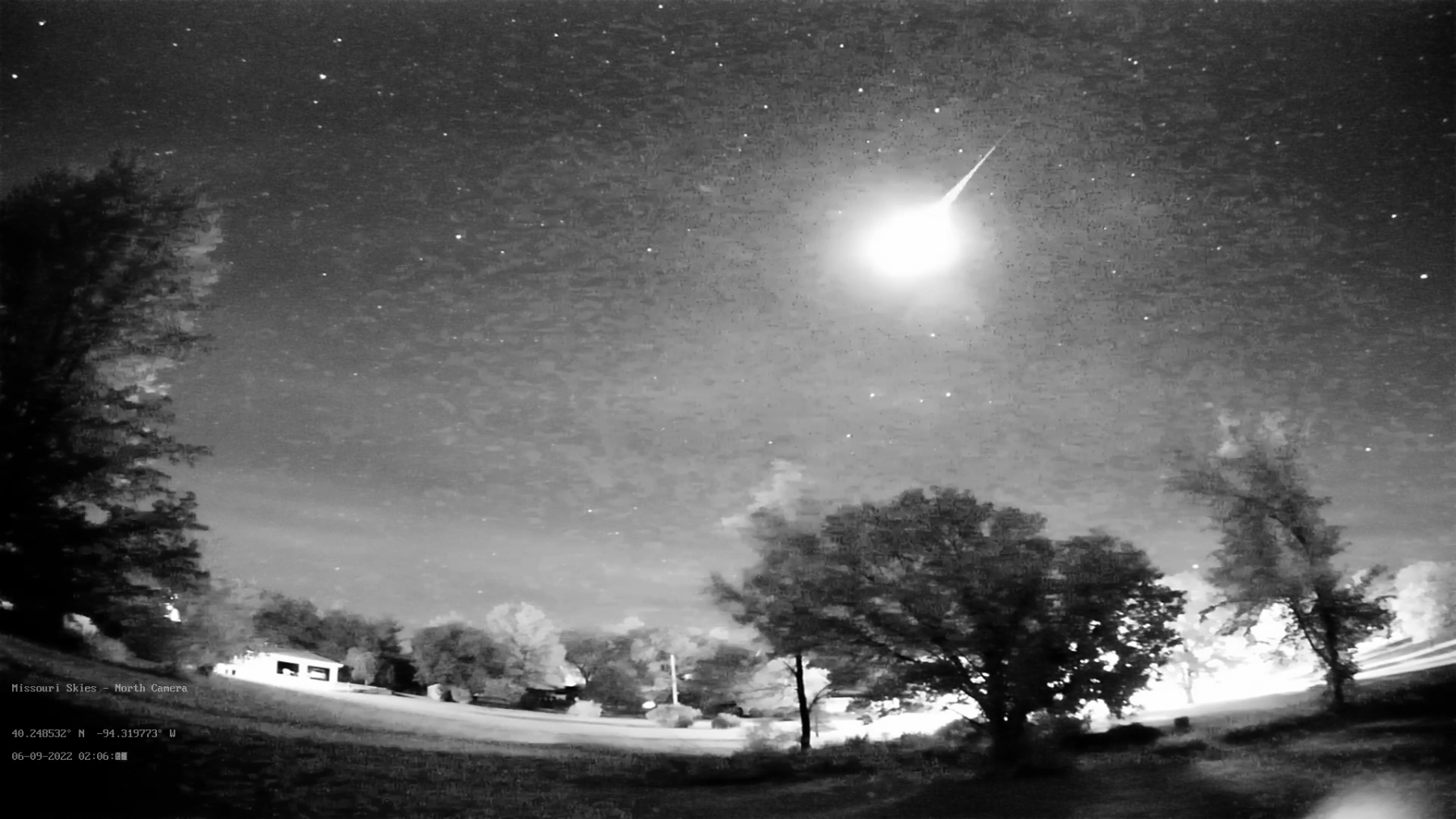
During this period, the moon reaches its first quarter phase on Saturday September 3rd. At that time the moon will lie 90 degrees east of the sun and will set between 23:00 and midnight Local Daylight Saving Time (LDST). As the week progresses the waxing gibbous moon will begin to interfere upon the more active morning hours. Toward the end of the period, the nearly full moon will lie above the horizon most of the night.
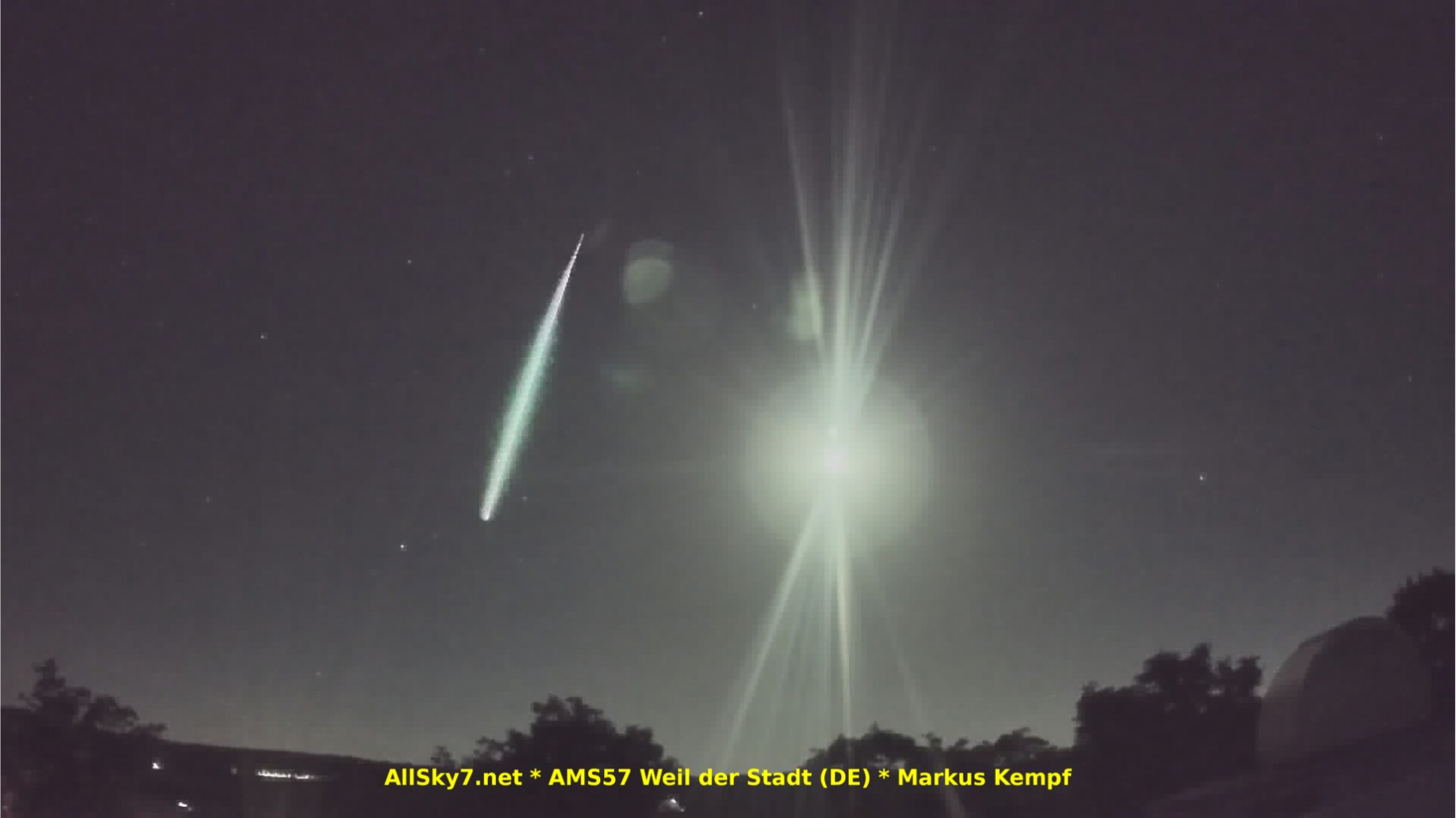
Here is another view of the same fireball that was presented last week. As seen from Weil der Stadt, Germany,…

During this period evening skies will be free of interfering moonlight, but morning observers must take care to avoid the moon within their field of view. The moon rises later with each passing night enlarging the window of opportunity to view meteor activity under darker skies.
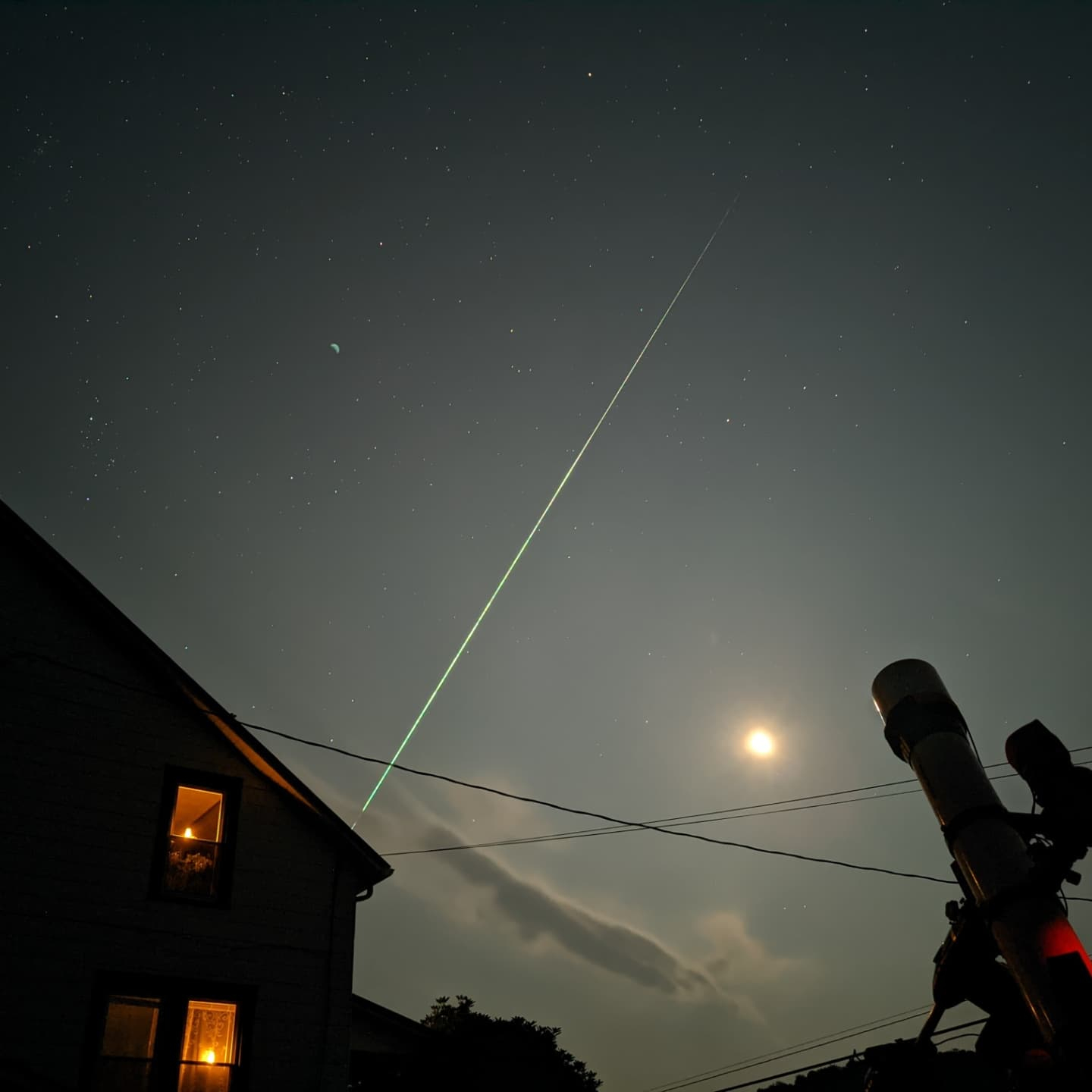
During this period, the moon reaches its first quarter phase on Sunday August 15th. At that time the moon lies 90 degrees east of the sun and sets near 23:00 local daylight saving time (on Aug. 14). As the week progresses the waxing gibbous moon sets later and later, diminishing the available time of dark sky with each passing night.

During this period, the moon reaches its new phase on Wednesday August 19th. At this time, the moon is located near the sun and is invisible at night. This weekend the waning crescent moon will rise during the early morning hours but will be too thin to interfere with meteor observing.
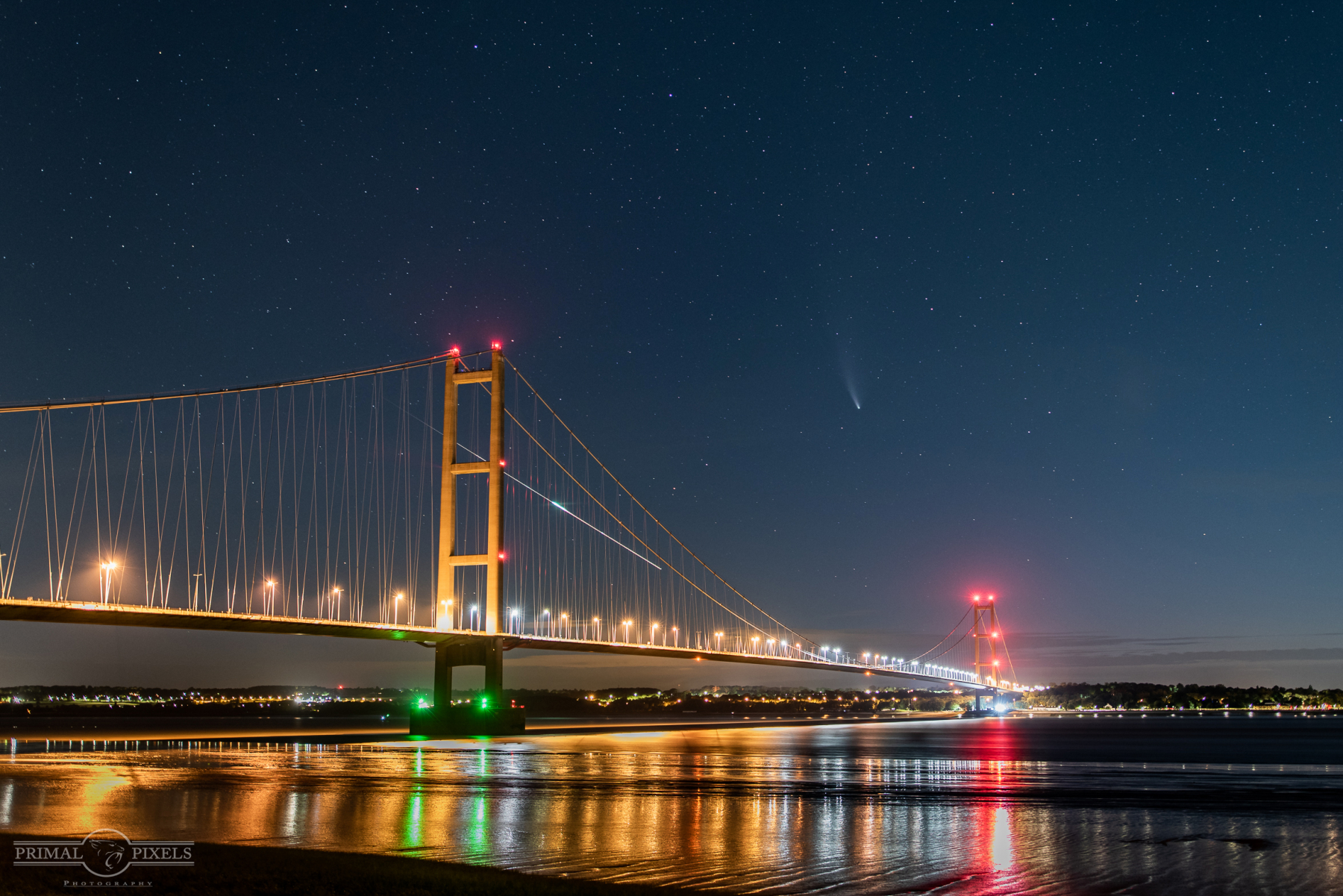
During this period, the moon reaches its last quarter phase on Tuesday August 11th. At this time, the moon is located 90 degrees west of the sun and rises between 23:00 and midnight local daylight saving time (LDST on August 10/11) . This weekend the waning gibbous moon will rise during the late evening hours, allowing a short but dark glimpse of the early August activity between dusk and moonrise.

Our friends at the IMO just released their annual meteor shower calendar for 2021: everything you need to know about 2021 meteor activity in 28 pages.

During this period, the moon reaches its first quarter phase on Monday July 27th. At this time, the moon is located 90 degrees east of the sun and sets near midnight. This weekend the more active morning sky will be totally free of interfering moonlight. As the week progresses though, only the few hours just prior to dawn will provide dark skies.

During this period, the moon reaches its new phase on Tuesday July 21st. At this time, the moon is located near the sun and is invisible at night. The moon will be located near the sun during this entire period; therefore, meteor observations can be held at any time of the night without lunar interference.

During this period, the moon reaches its last quarter phase on Monday July 13th. At this time, the moon is located 90 degrees west of the sun and rises near 0100 local daylight saving time (LDST). As the week progresses the waning crescent moon rises later in the morning with each passing night. This allows the window of dark skies to increase as the week progresses. The most active hours just prior to dawn will have slight interference from moonlight but one can overcome this simply facing in a direction where the moon is not visible within your field of view.

During this period the moon reaches its full phase on Tuesday April 7th. At this time the moon lies opposite the sun and will be above the horizon all night long. This weekend the waxing gibbous moon will set during the morning hours allowing meteor observers a short window of opportunity to view under dark skies just before dawn.